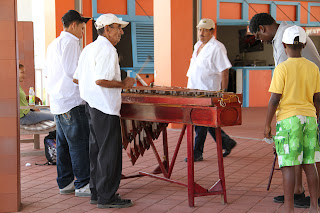Ben Shah
I really enjoy Shah's ability to capture
a moment in time. His images confirm the fact, the world never stops
spinning. His photos have a sense of invisibility. The viewer is just a
fly on the wall, watching life continue without interruption. I most certainly appreciate the fact he can use photography as a muse for paintings. His reasoning for the inability to distinguish a difference between photography and painting is logical and factual for he states, "I am a social painter or photographer...I find difficulty in making distinctions between photography and painting. Both are pictures."
Asking to
take someones photo was more difficult than I imagined. Many people
were bitter and angry, "I don't want no picture", while others were
extremely pleasant and demanded payment if I became famous. I told them
not to hold their breath. After studying Shahn, I really liked the risk, rejection and consent.
It felt as if I was on the verge of crossing into the restricted area of
personal space. Many peoples reasoning for not authorizing access is due
to the internet. The number one excuse for not allowing me to photograph, was due to the fear of being exposed. I find this type
of photography much more challenging. You are trying to cross
someones social barrier while being a complete stranger.
August Sander
When I think of documentary photography, I think of work similar to Sander's. His work shows hardship, travel and reality. I don't, however, particularly care for the posed subject which I did notice frequently when viewing his work. What I most certainly appreciated was his ability to capture the strain and age of many. I also liked his technique when taking a portrait of more than one person, he would sometimes capture the front view of one subject and the profile view of the other. This added something different to a typical posed portrait. Below are photos I felt represented Sander's technique. Many of the subjects are posed and willing. Some of their faces show calamity while others appear distressed and over worked. I also wanted to include a variety of social classes.








































